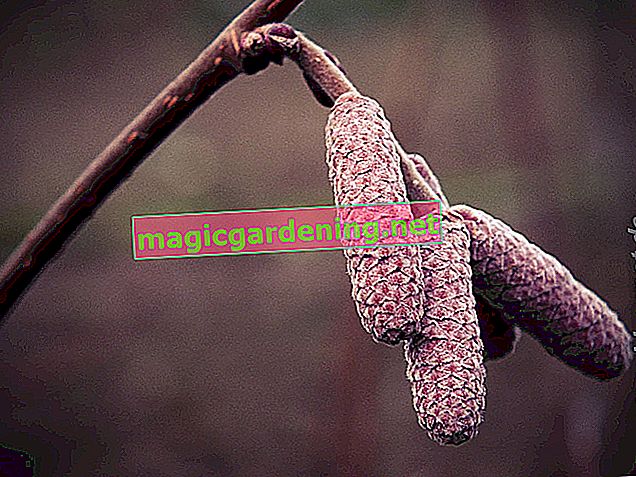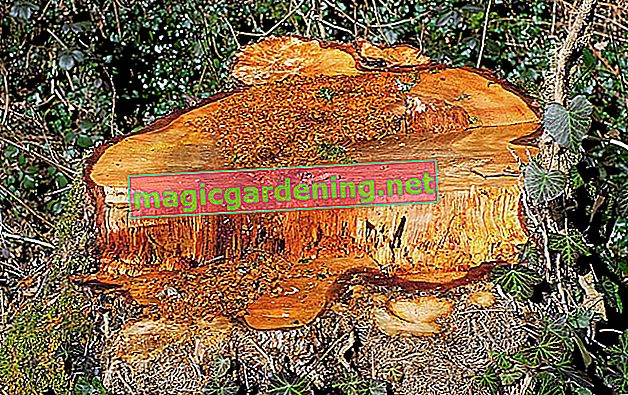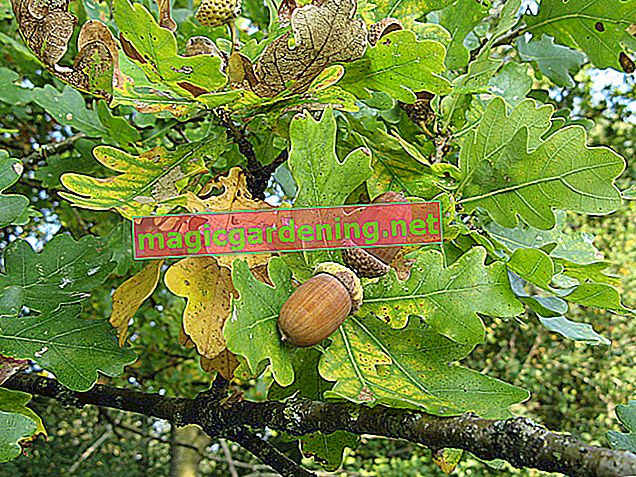
Methods of propagation of Ilex crenata
There are three methods available to you for the propagation of Ilex crenata:
- Cut cuttings
- Lower shoots
- sowing
also read
- Fertilizing Ilex crenata correctly - when, how and with what?
- Tips for caring for Ilex crenata (Japanese holly)
- Ilex crenata is only partially hardy
Propagation via cuttings is the most common. Although it takes some time to form roots, you will get plants faster that you can move to the desired location.
Propagate Ilex crenata using cuttings
Cuttings are cut in July or August, when the bush is best in the sap. Cut shoots 7 to 15 cm in length. Remove the lower leaves.
Prepare growing pots (€ 14.90 at Amazon *) that you fill with a mixture of sand and peat. Insert the cuttings and water the substrate.
Keep the nursery pots moist but not too wet. Put them in a place that is sheltered from the wind and temperatures are around 16 degrees.
Propagation of the Japanese holly by subsidence
Ilex crenata in the field can be propagated very well with subsidence. To do this, bend a shoot on the ground. Carefully scratch it. Cover it with soil so that the tip of the shoot is still looking out of the ground. If necessary, weigh down the sinker with a stone or tent peg.
If new leaves form on the tip of the shoot, separate the young plant and plant it in the desired location.
Sow Ilex crenata
The berries that the female shrubs of the Japanese holly develop in autumn can also be used for propagation. To do this, simply stick the berries in the desired location in the soil. However, it takes more than a year for germination.
Alternatively, you can loosen the kernels and store them in the refrigerator for several weeks before sowing them in prepared pots.
Caution: The berries are poisonous and must not get into the hands of children.
Tips
Ilex is hardy. Ilex crenata, the Japanese species, on the other hand, needs good winter protection, especially in the first few years. You should always overwinter frost-free in a tub grown ilex.








